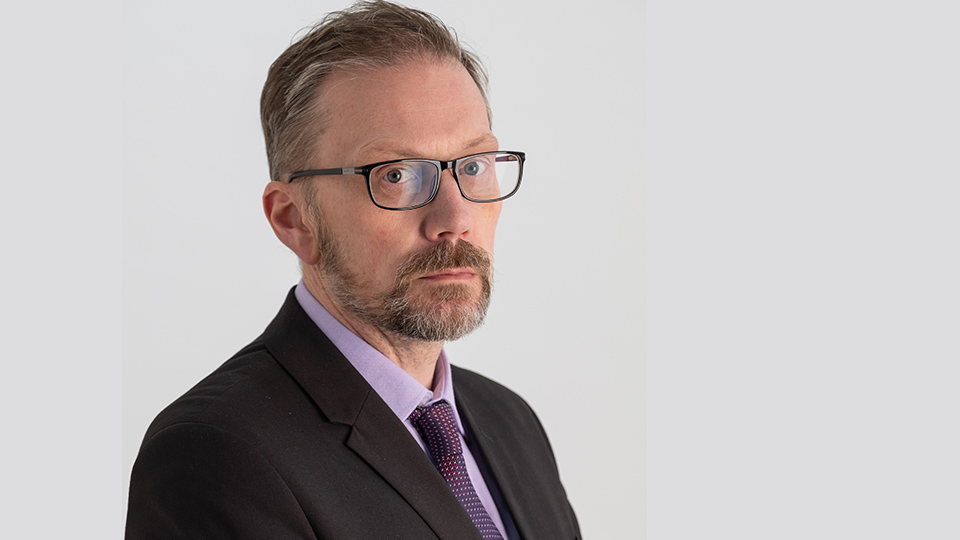COP stands for “Conference of the Parties”: these 197 parties are the United Nations member countries, plus a few small non-UN member countries and the European Union, all of whom support the Framework Convention on Climate Change. This was set up in 1992 to organise a global response to what most people then called the “greenhouse effect”. It’s COP26 simply because this is the 26th meeting.
The location of COP meetings changes each time. The last meeting was in Madrid in 2019. There was no COP in 2020 due to COVID-19. The most important COP so far was the 2015 meeting in Paris, which agreed to “limit global warming to well below 2℃, preferably to 1.5℃, compared to pre-industrial levels”.
It’s possible to set a target like this because scientific research has recognised a close relationship between the amount of carbon dioxide in the global atmosphere and its average temperature.
In order to achieve the target of “well below 2℃, preferably 1.5℃” the Paris Agreement committed to “reach global peaking of greenhouse gas emissions as soon as possible to achieve a climate neutral world by mid-century”.
The main task for COP26 is to follow through on this commitment and produce realistic plans to reduce global carbon emissions to levels that hold 21st-century global warming as close to 1.5℃ as possible.
As you can imagine, getting 197 different countries, all with their own circumstances and interests, to agree to such plans isn’t exactly straightforward: after all, it took 23 years to get to the Paris agreement. Most famously, Donald Trump withdrew the US from the Paris agreement when president, although it returned after Joe Biden’s election. So there is some uncertainty about how successful COP26 will be.
The main method for reducing emissions is the Nationally-Determined Contribution (NDC) of each country: these are individual countries’ climate action plans. For example, the UK’s most recent NDC commits it to reducing emissions by at least 68% by 2030, compared to 1990 levels.
The main problem facing COP26 is that the combined NDCs of all the parties aren’t enough to meet the 1.5℃ target of the Paris agreement. If you combine all the current plans and promises contained in the NDCs, they would lead to a global temperature increase of 2.4℃ by the year 2100 and if you look at actual emissions now, they would lead to a global temperature increase of 2.9℃ by 2100.
So there is a need for much-improved NDCs, plus effective ways to ensure that countries actually cut all the emissions they pledged to. One of the most important ways is for wealthy countries to provide financial support to enable less wealthy countries to cut emissions, which was an important part of the Paris Agreement but hasn’t been fully acted on yet.
Why this matters...
Dr Richard Hodgkins, a Senior Lecturer in Physical Geography in the School of Social Science and Humanities, shares his four-minute guide to COP26 in The Conversation.
Read the full article here.
For more on Loughborough University's PR team's COP26 campaign, click here.
.jpg)

